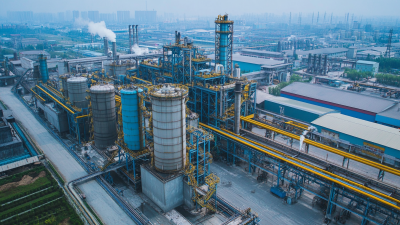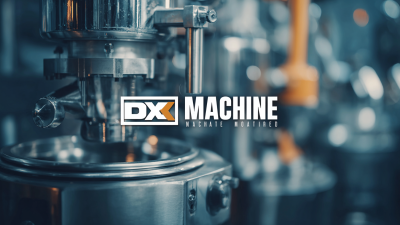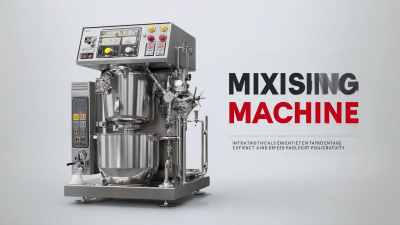
In the rapidly evolving landscape of industrial manufacturing, the significance of selecting the right mixing machine cannot be overstated. With the global mixing equipment market projected to reach USD 7.24 billion by 2027, reflecting a CAGR of 4.8% from 2020 to 2027, industries are increasingly recognizing the impact of high-quality mixing on product consistency and efficiency. The right mixing machine industrial can enhance operational workflows, reduce production times, and improve product quality across various sectors, including pharmaceuticals, food and beverage, and chemicals. As businesses strive for greater precision and reliability, understanding the different types of mixing machines available and their specific applications is essential for optimizing industrial processes and achieving competitive advantage.
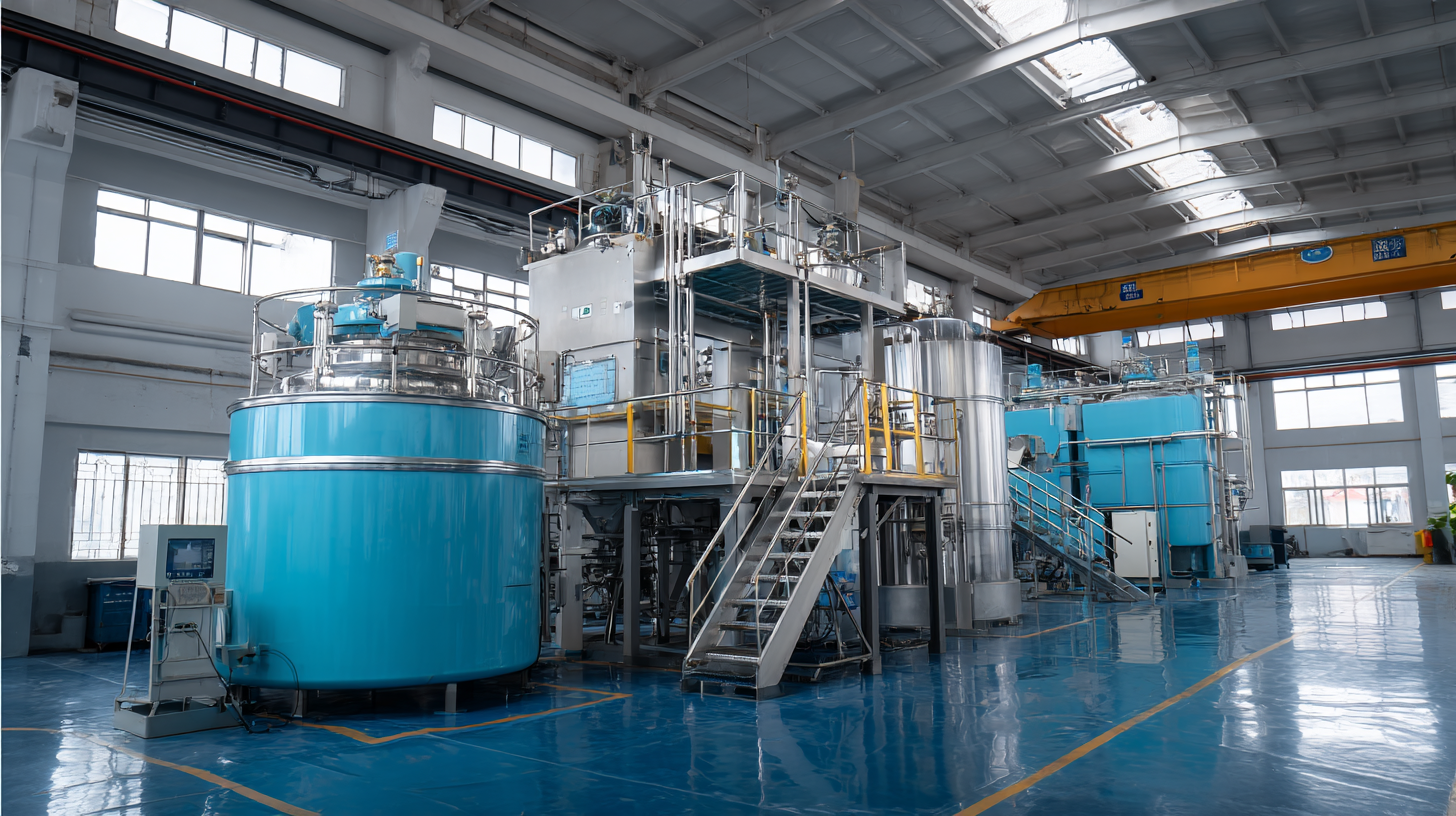
When selecting a mixing machine for industrial applications, there are several key factors that must be considered to ensure optimal performance and efficiency. First and foremost, the specific type of materials to be mixed plays a crucial role. Different materials may require different mixing techniques, such as high shear for granulated substances or gentle mixing for fragile components. Understanding the viscosity and density of the materials involved will help narrow down the suitable mixing machine options.
Another important factor is the scale of production. For large-scale operations, investing in a heavy-duty mixing machine that can handle high volumes is essential. This ensures a consistent and uniform mix, which is vital for product quality. Additionally, consider the machine's adaptability and ease of maintenance. A versatile mixing machine that can accommodate various batch sizes and easily undergo routine maintenance will provide long-term operational benefits. Lastly, energy efficiency should not be overlooked, as it can significantly impact overall production costs. By carefully assessing these factors, businesses can make informed choices that align with their industrial mixing needs.
When selecting the right mixing machine for your industrial needs, it's essential to understand the different types available and their specific uses. Mixing machines vary significantly in functionality, so identifying your application is key. For instance, some machines are designed for blending viscous materials, while others excel at achieving a uniform mixture in powders or granules. Consider the properties of the materials you need to mix and the desired end-product consistency when making your choice.
Tips: First, assess the volume of material you’ll be processing. A batch mixer may suffice for smaller quantities, while continuous mixing equipment is designed for larger operations. Second, evaluate the ease of cleaning and maintenance, as these factors can significantly impact efficiency and downtime. Finally, consult with manufacturers to determine the best technology suited for your specific requirements, especially with the expected growth in the mixing machine market, which is projected to rise significantly by 2033.
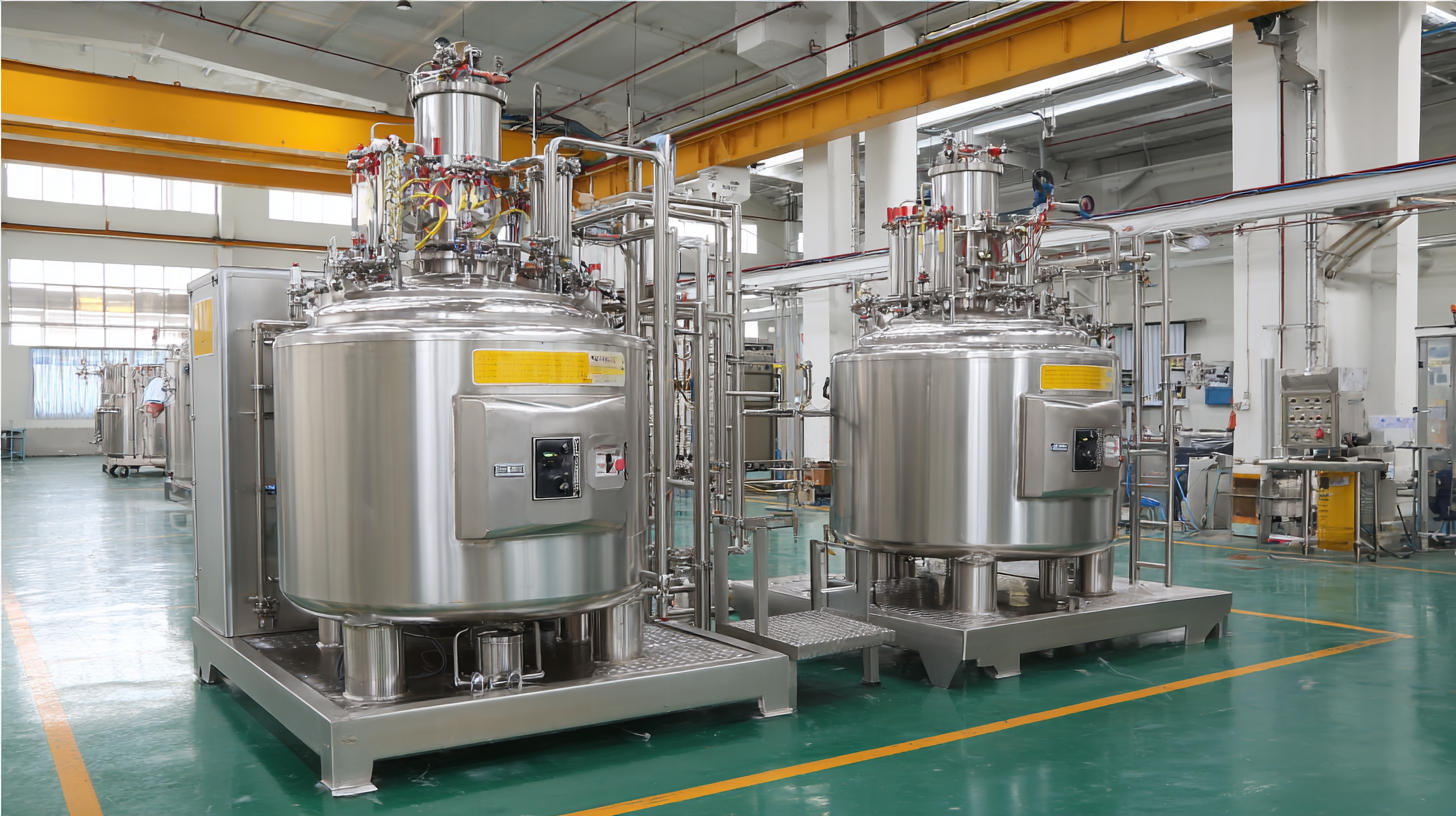
When selecting a mixing machine for industrial applications, evaluating mixing efficiency is paramount. Key performance metrics play a crucial role in determining how well a machine can meet specific requirements. For instance, mixing time is a vital metric that indicates how quickly the machine can achieve a homogenous blend. Additionally, the degree of mixing, often assessed through methods like particle size distribution or visual inspections, helps gauge the effectiveness of the mixing process. Understanding these parameters can lead to optimal machine selection tailored to the unique characteristics of the materials being processed.
Furthermore, industry standards serve as benchmarks that guide manufacturers in assessing their mixing machines' performance. Compliance with standards like ISO or ASTM ensures that the mixing equipment operates within accepted parameters, improving both safety and efficiency. Analysts often emphasize the importance of energy consumption as a performance metric, as machines that can achieve high mixing efficiency with lower energy usage are generally more desirable. By focusing on these key performance metrics and adhering to industry standards, businesses can ensure they select the right mixing machine that not only meets their operational demands but also enhances productivity and reduces costs in the long run.
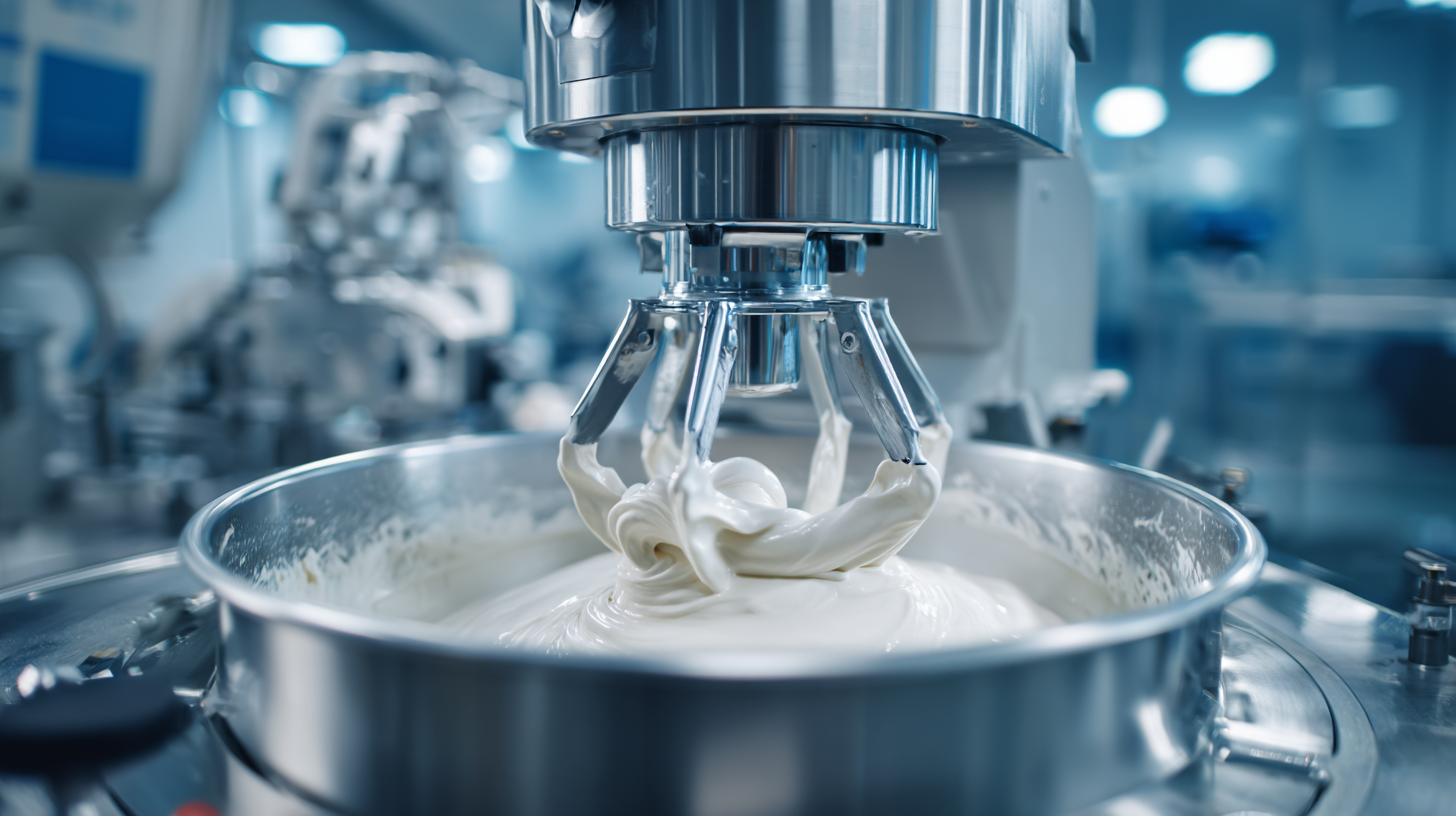
When selecting the right mixing machine for industrial applications, it is crucial to assess the material properties relevant to your specific processes. Different materials exhibit unique behaviors during mixing, influenced by their viscosity, density, and particle size distribution. For instance, powders with finer particles may require a more delicate mixing approach compared to coarser materials, as the latter can be more forgiving to variations in processing conditions. Understanding these characteristics will directly impact the choice of equipment, ensuring efficient blending while maintaining product quality.
Moreover, the drive towards sustainability in industrial operations cannot be understated. Recent advancements highlight the importance of life cycle assessments (LCA) in sectors like cement and plastics, which are significant contributors to global emissions. Selecting mixing machines that not only optimize performance but also minimize environmental impacts is essential. This involves implementing protocols to measure the residence time distribution (RTD) during continuous blending, which helps in evaluating how effectively raw materials are processed. With a focus on sustainable practices and innovations, manufacturers can enhance their operational efficiency while supporting broader decarbonization efforts in their respective industries.
| Material Type | Viscosity (cP) | Density (kg/m³) | Mixing Speed (RPM) | Recommended Mixing Machine Type |
|---|---|---|---|---|
| Water-Based Paint | 200 | 1050 | 300 | Turbine Mixer |
| Epoxy Resin | 800 | 1200 | 200 | High Shear Mixer |
| Syrup | 150 | 1100 | 250 | Planetary Mixer |
| Polymer Composite | 1200 | 1300 | 150 | Vacuum Mixer |
| Chocolate | 500 | 950 | 100 | Conche Mixer |
When considering the right mixing machine for your industrial needs, a cost-benefit analysis becomes essential. Investing in advanced mixing technology may seem like a significant expense upfront, but its long-term benefits can outweigh initial costs. By selecting a machine that optimally fits your production requirements, you can enhance efficiency, reduce labor costs, and improve product quality. Choose a mixer with a proven track record in your industry to ensure reliability and longevity.
Tips: Evaluate the energy consumption of the mixing machines under consideration. Energy-efficient models can lead to substantial savings over time. Additionally, consider the machine's maintenance costs; a higher upfront cost for a durable machine may save you money on repairs in the long run. Always weigh the expense against the potential reduction in production downtime and increased output to make an informed decision that boosts your bottom line.

